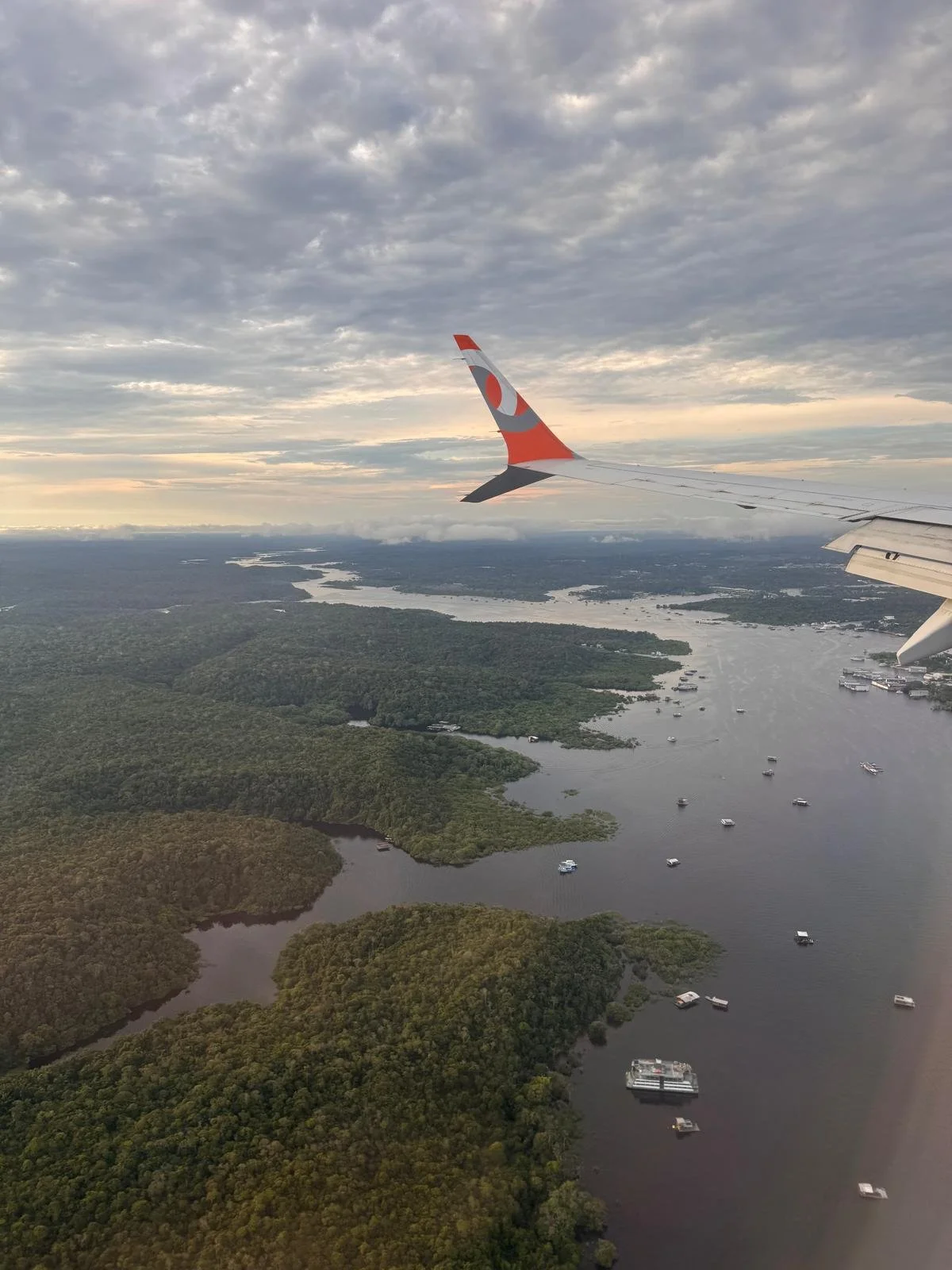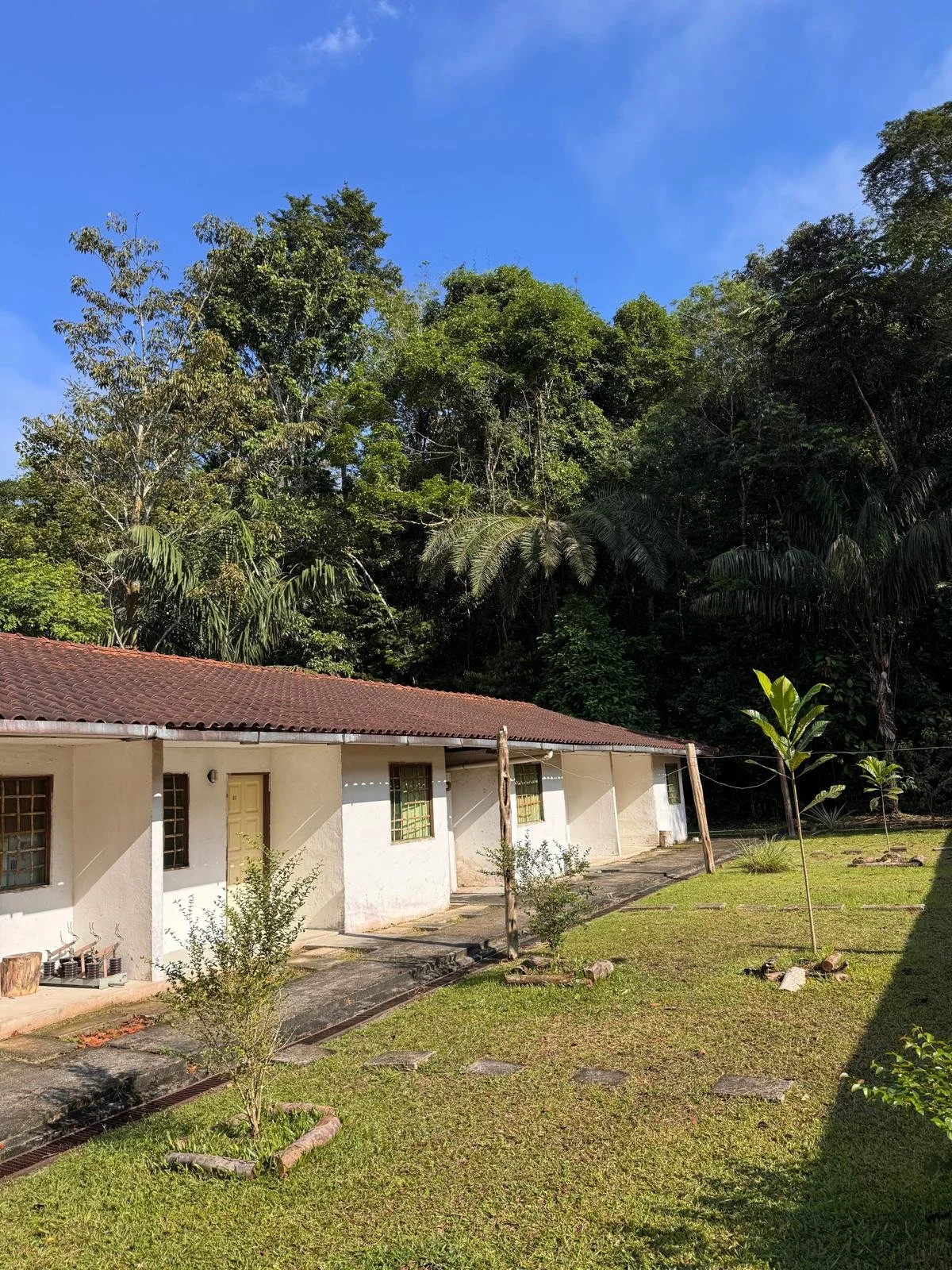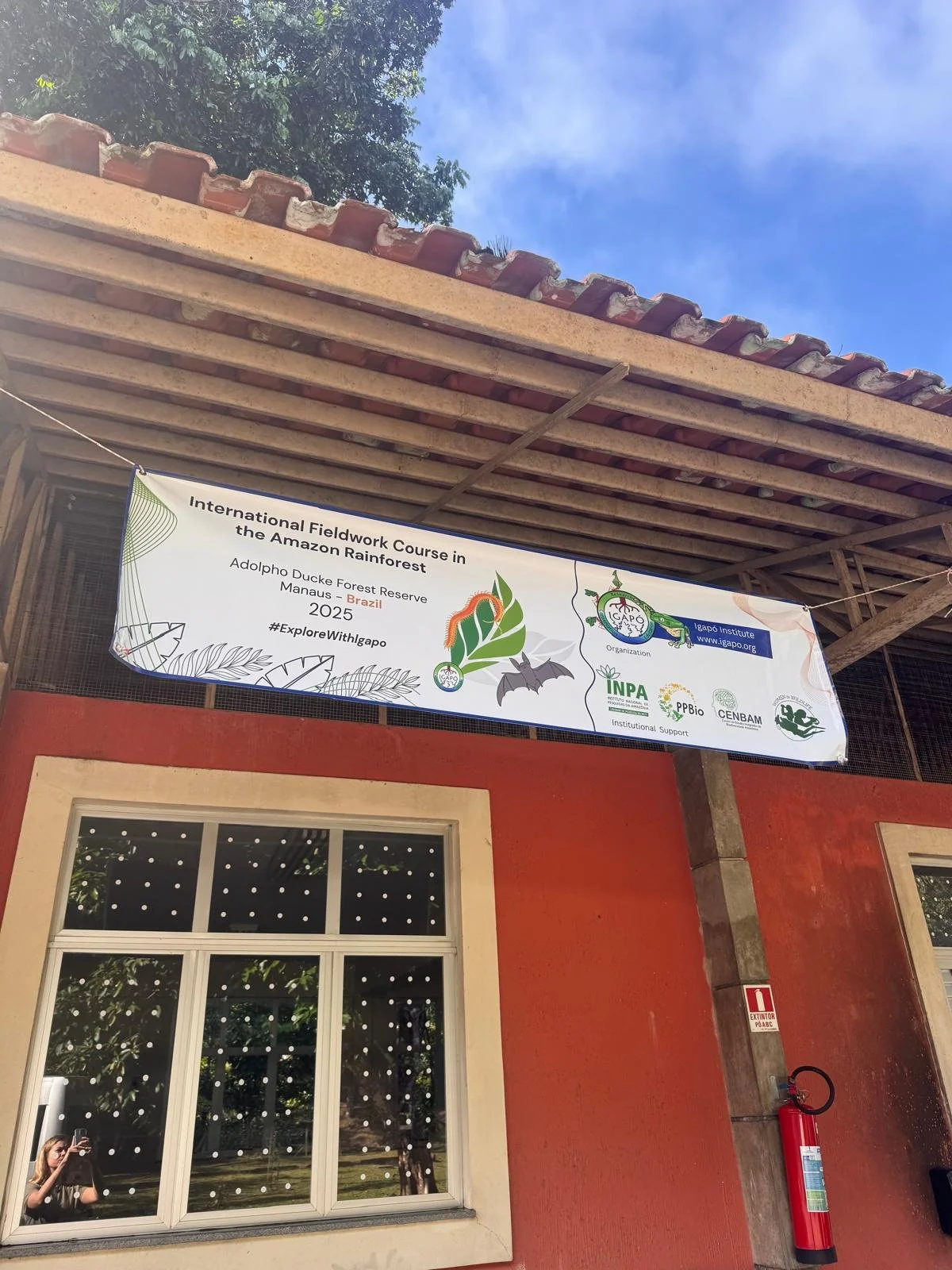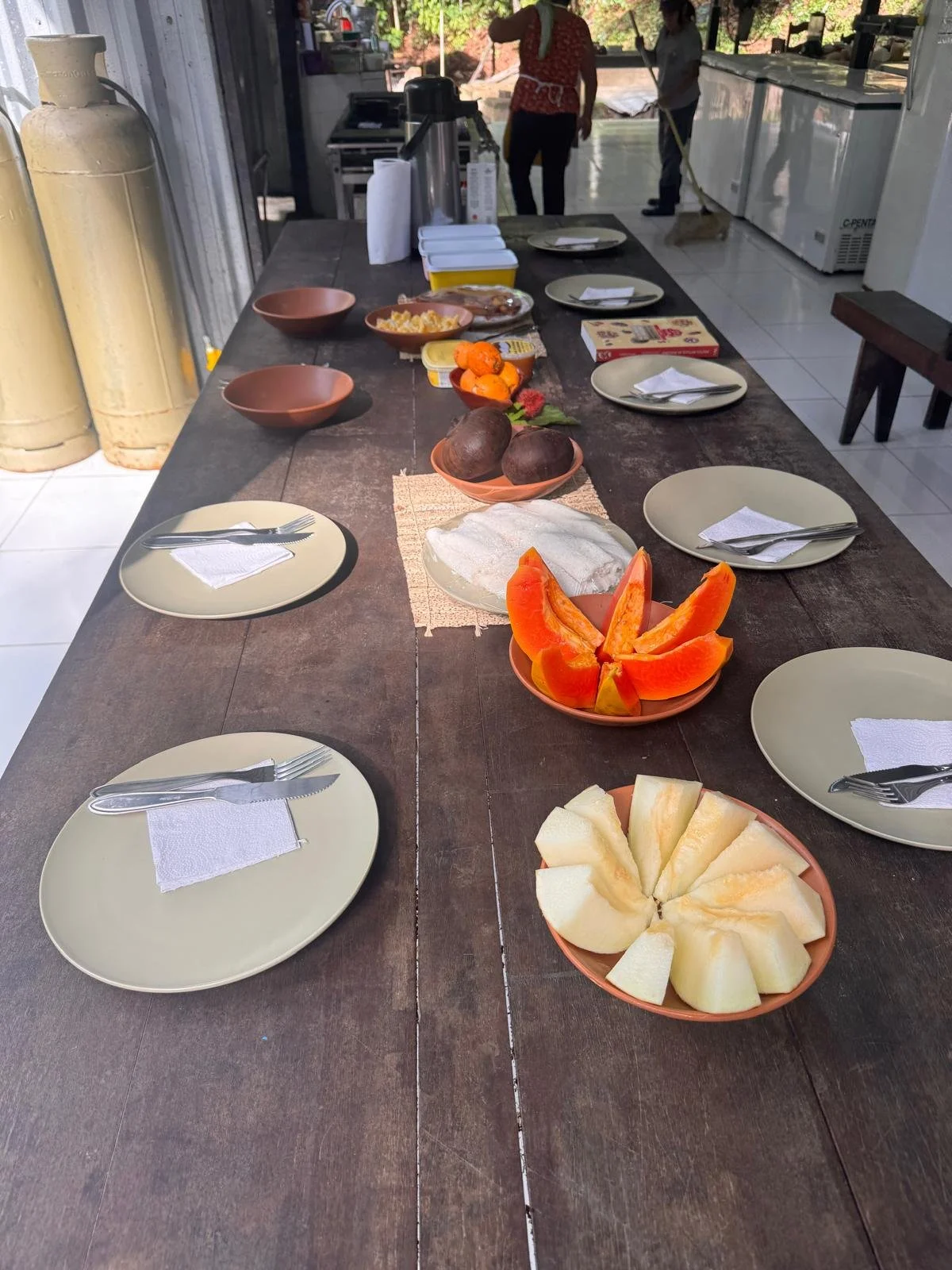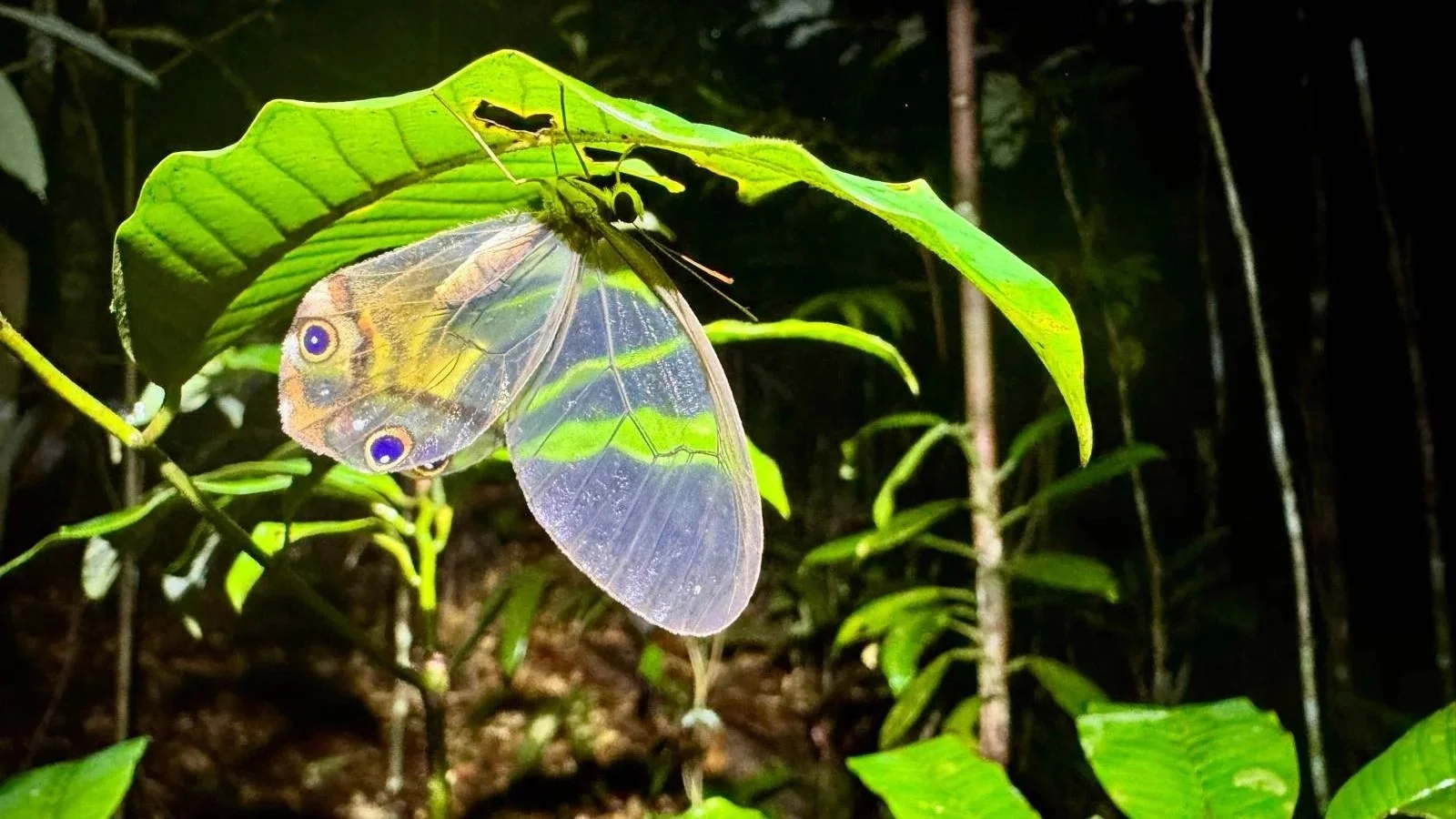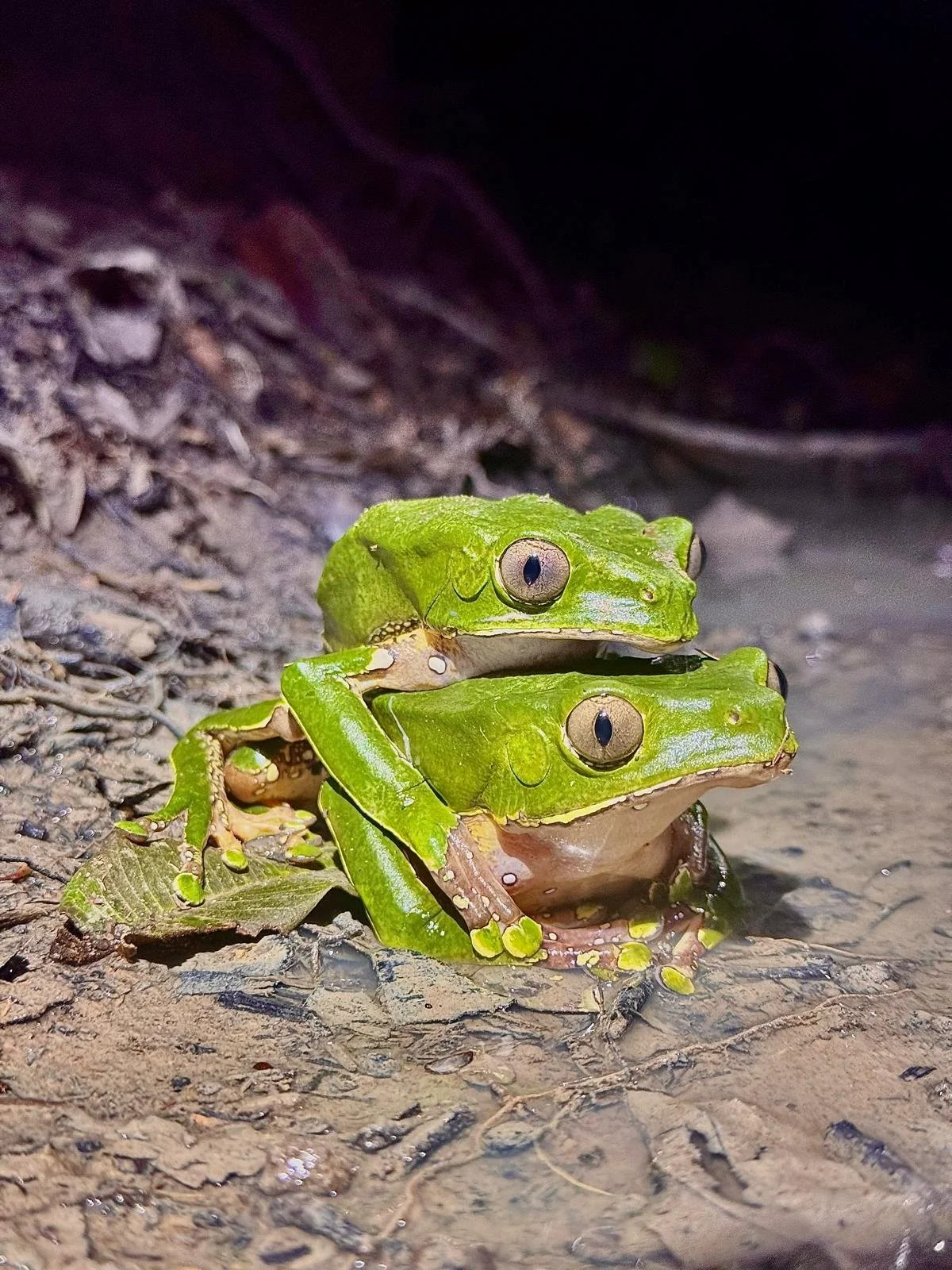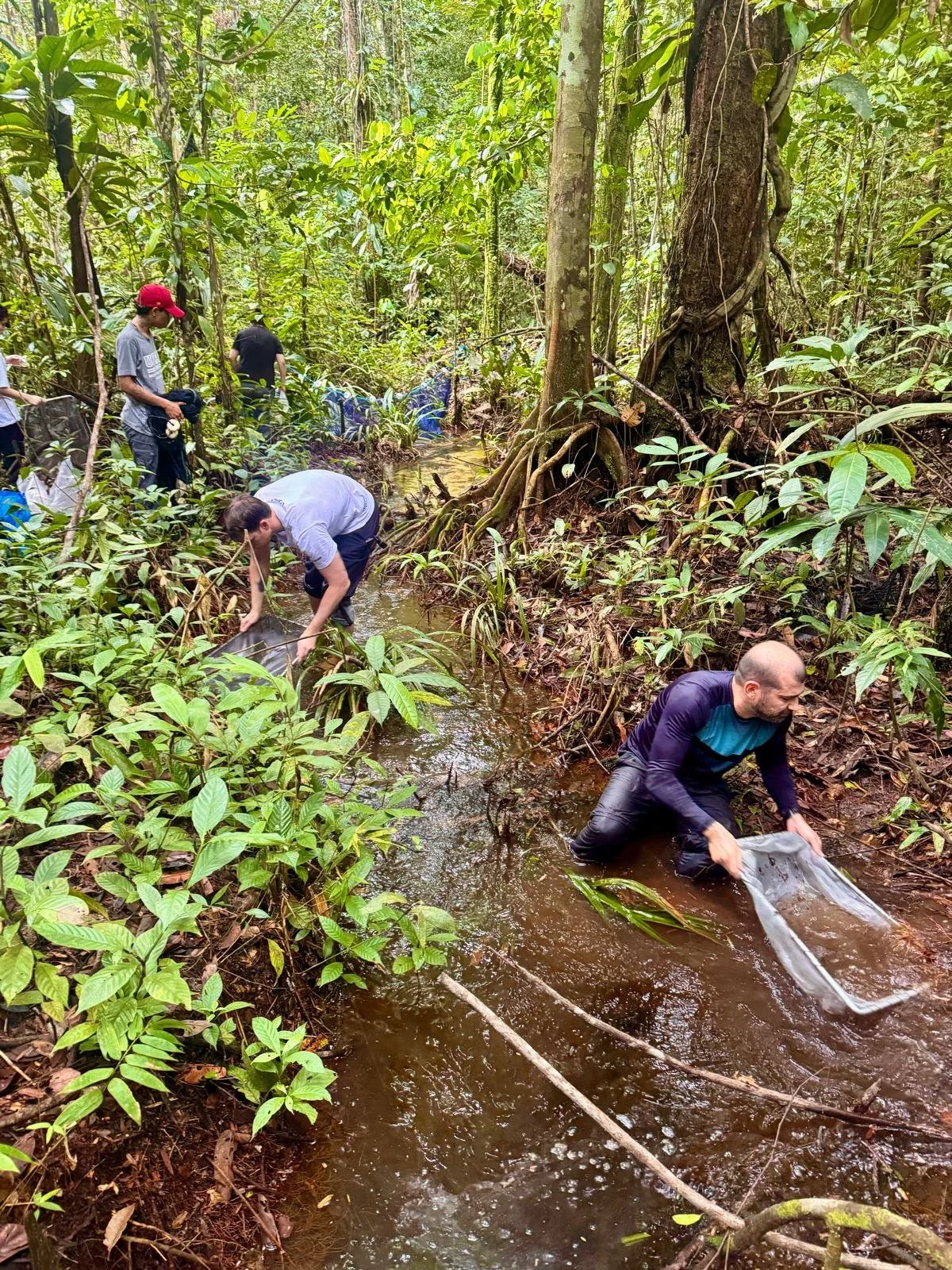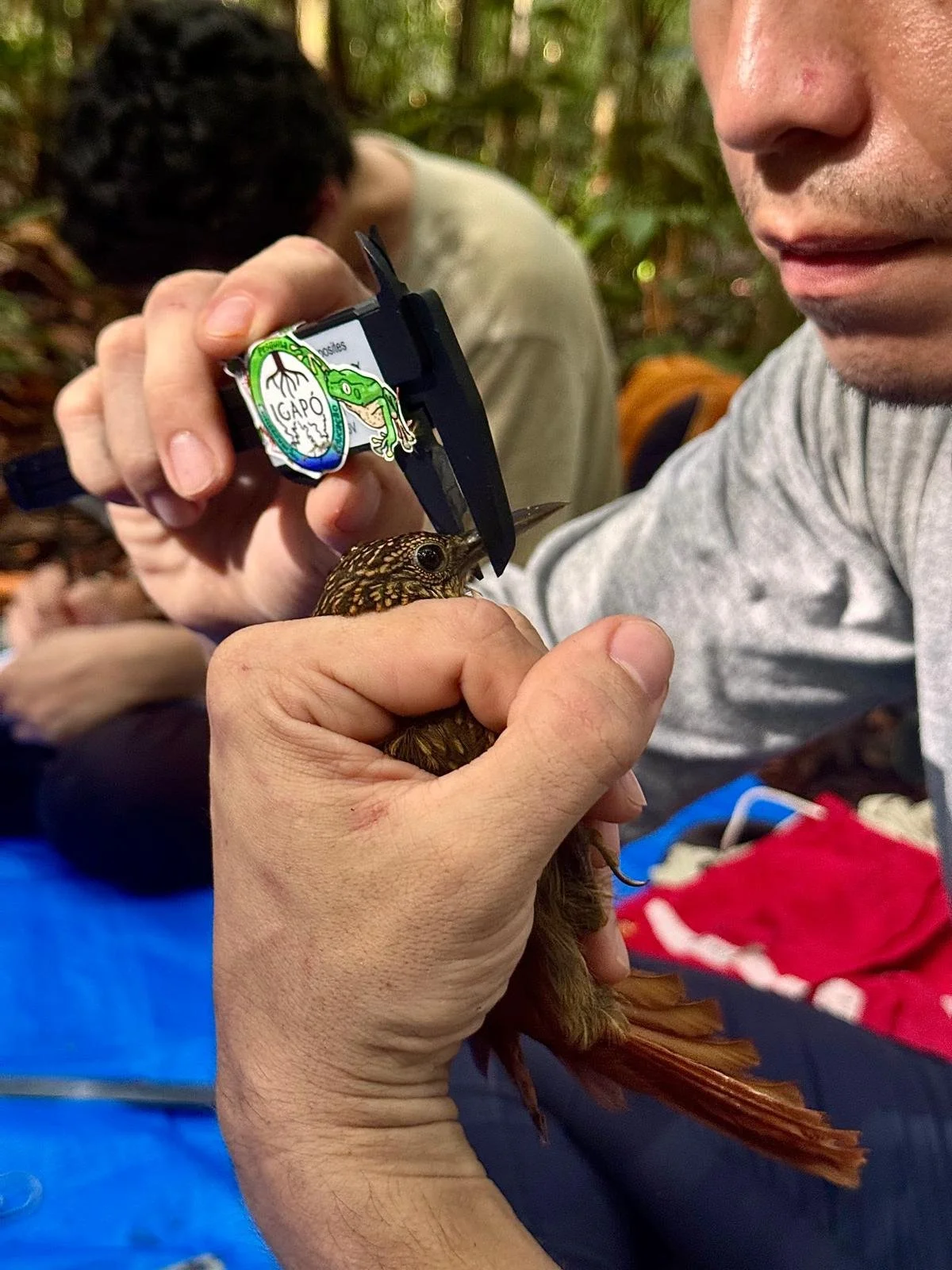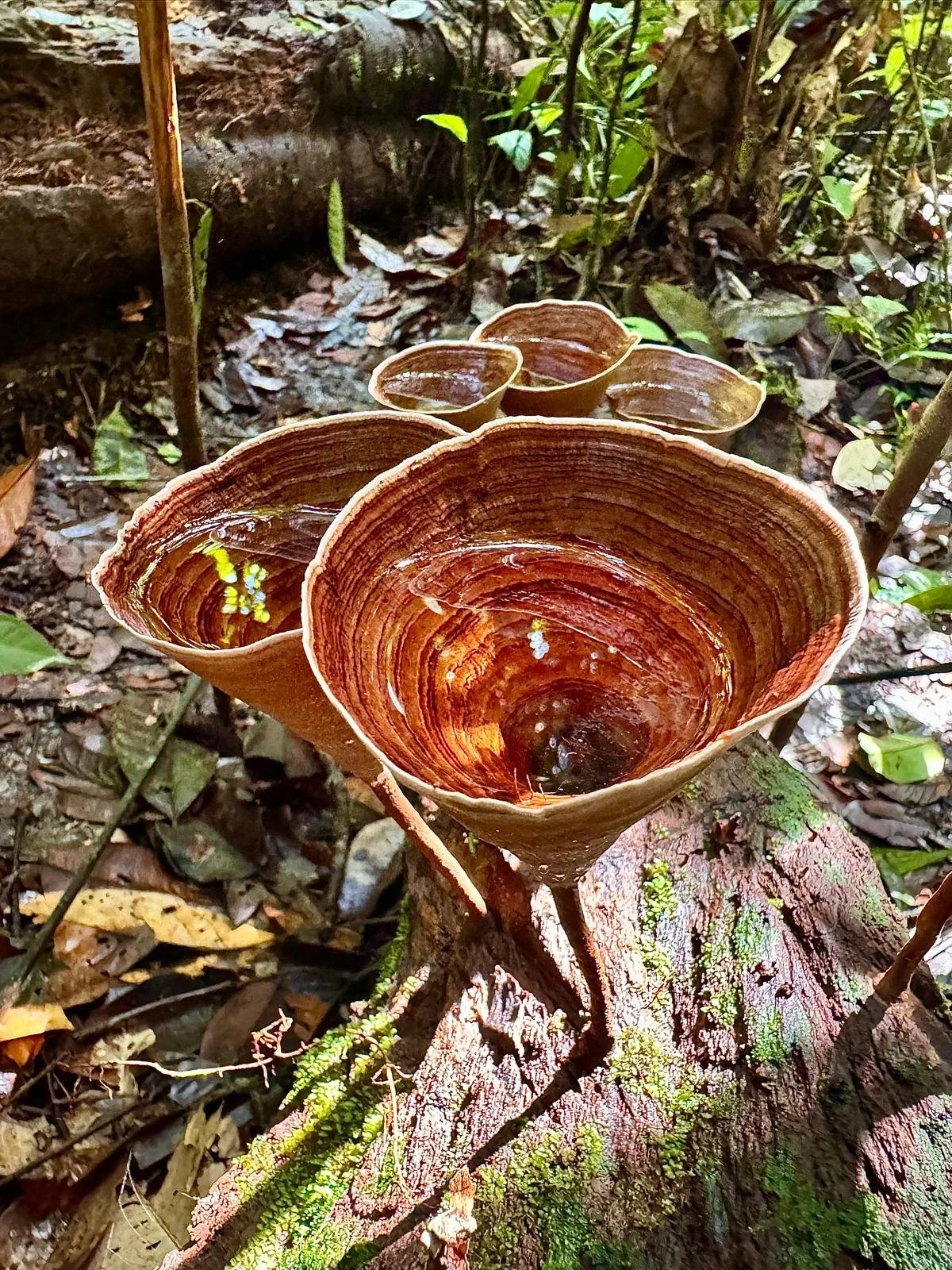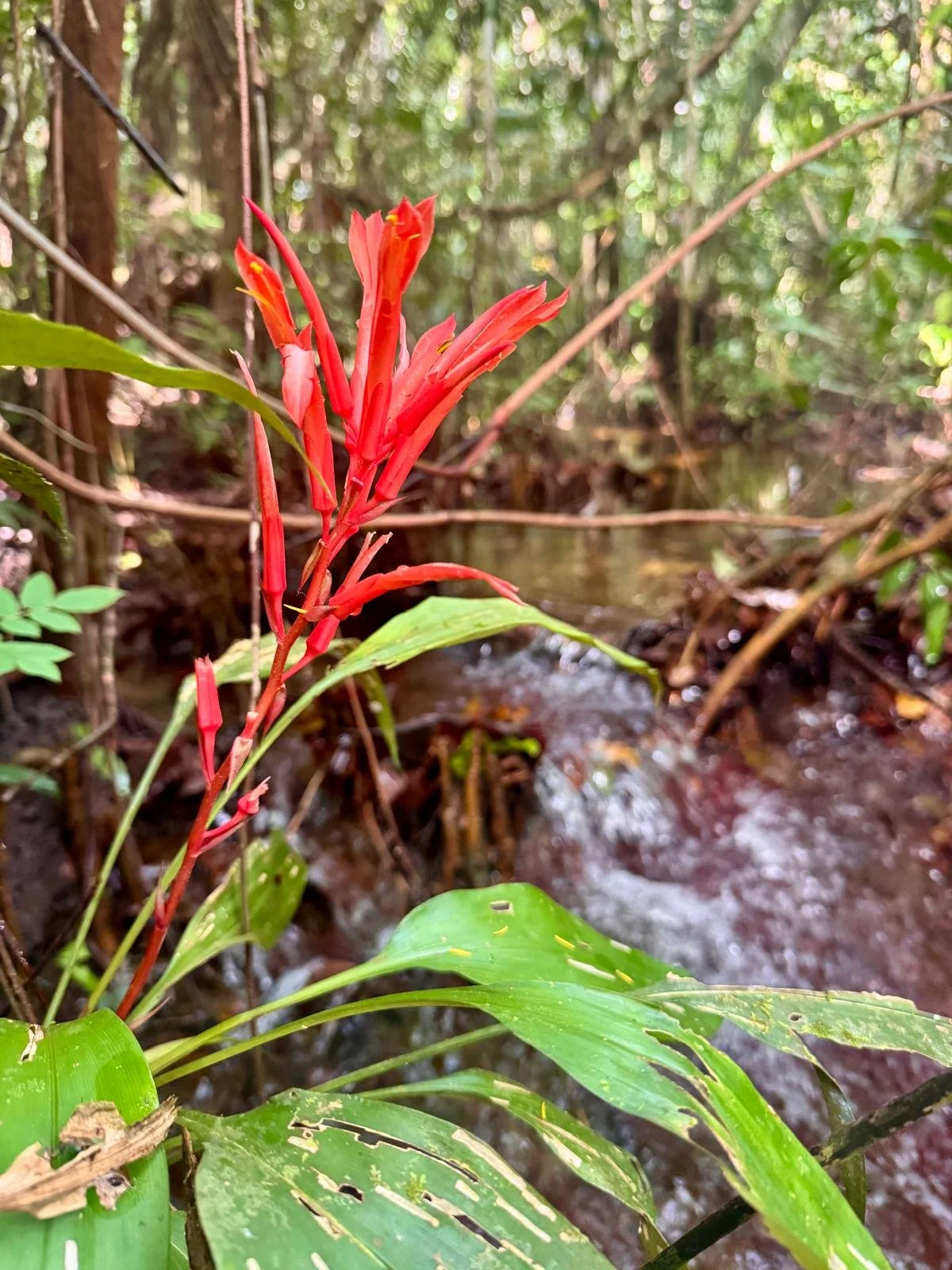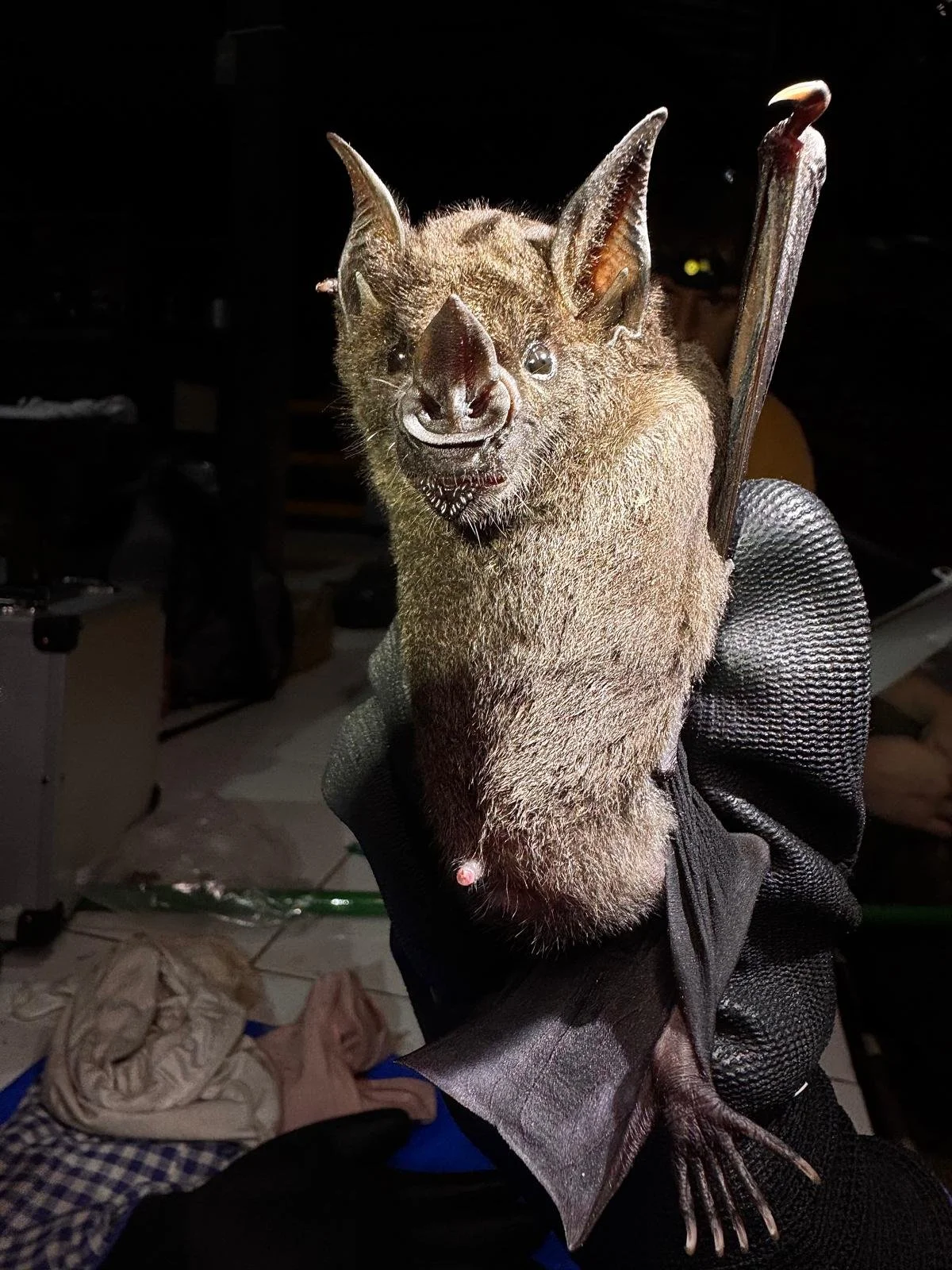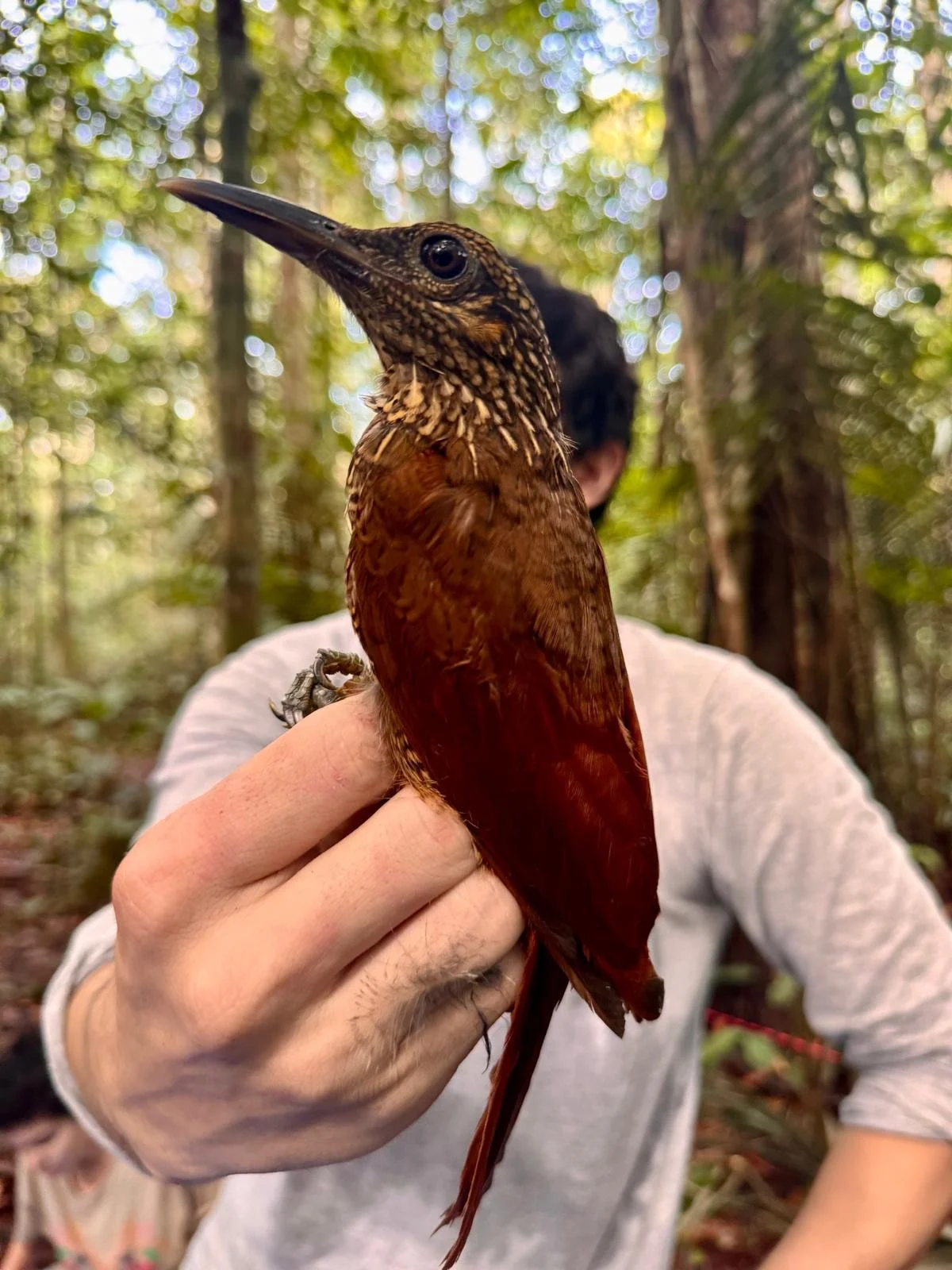Explore the Amazon Rainforest with IGAPO
Next Expedition: 2nd-9th November 2025
Get $50 off with code: JESS50
Book now: www.igapo.org/
What is the accommodation and facilities like…
Accommodation for the 8 day long field course is located in the Adolphe Ducke Reserve - in the heart of the Amazon.
We stayed in shared apartments each with our own rooms and shared bathrooms. You have the option to sleep in a bed or in a hammock (I opted for hammock). The apartments are basic but comfortable.
Meals are prepared for you every day. One of my favourite parts of this course was the opportunity to try foods, fruits and dishes local to the area. The food was really good and a lot of effort was made to accommodate my dietary requirements (vegan!) so I did not miss out!
There is virtually no internet in the reserve, you can get a tiny bit of service (enough to send a whatsapp message) by placing your phone in the cables of a pylon located close to the accommodation.
Getting there…
I flew from London to Manaus (Brazil) via Columbia (El Dorado International Airport) as there are no direct flights from the UK to Manaus. It was a long flight with the first leg to Columbia taking around 11 hours, but the second flight was only around 3 hours. As the final plane started to descend, huge tracts of rainforest opened up onto a huge rivers with vast networks of channels wiggling their way through the forest. Once on the ground I got an Uber from the airport to the Ibis budget to stay the night ready to head into the rainforest with the IGAPO Institute early the next day. After breakfast, we met Ana and Sam (IGAPO Institute founders) in the lobby and boarded a private mini bus to begin the hour long drive out of the city and into the rainforest.
I have always wanted to visit the amazon rainforest, ever since I was a kid. So when the opportunity to spend 8 days in the heart of the Brazilian amazon learning from local scientists all about the wildlife there, I couldn’t say no!
My experience attending the IGAPO International Field Course 2025…
The Experience…
Each day of the course we headed out into the forest to undertake field work for various taxonomic groups led by local scientists. Field work was followed by classroom and lab sessions where we delved further into the biology and ecology of the species we’d been surveying.
We had the opportunity to undertake mist netting surveys for bats and birds, camera trapping, herpetology transects, moth trapping and sweep netting for invertebrates and we even got to survey Amazonian fish which included getting in the streams with snorkels!
I learnt so much in my time here and got to see some amazing wildlife including bicoloured tree frogs, sac winged bats, scarlet macaws and so much more. The rainforest in the Adolphe Ducke reserve is absolutely teeming with life. We didn’t even need to walk far from our accommodation to see wildlife with agoutis running past and bats feeding on the flowers of a tree next to my apartment every night!
In addition to learning about the wildlife and scientific research we also got to learn about Amazonian culture. This was partly through the scientists experience of working with local people to protect the amazon and also through an Amazonian art workshop delivered by an incredible local artist where we learnt all about how the locals use nature to create art.
Top Tips for surviving the Amazon!
Only opt for a hammock if you are used to sleeping in one - not everyone gets on with hammock living.
Bring clothes (and towel) that are quick drying! It’s a rainforest so it does rain frequently!
If you have an interest in wildlife or the amazon rainforest, you will love this course. You do not need to be a scientist or have a science background to attend.
